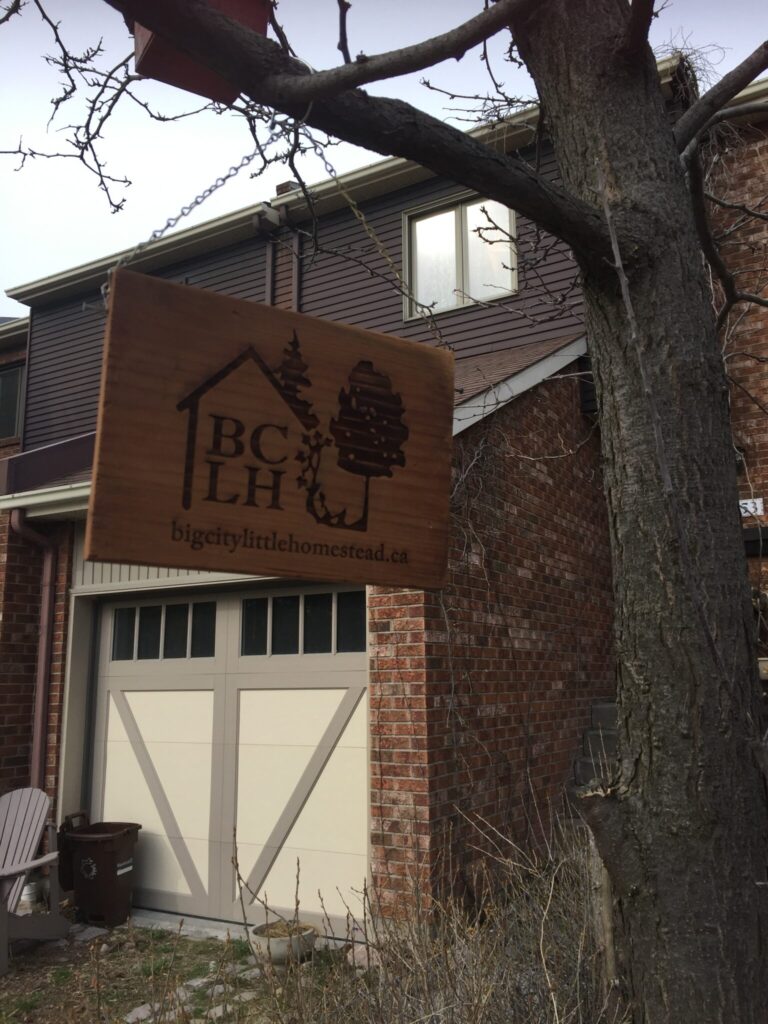In 2012 — around the same time as this blog got underway — I started being an AirBnB host.
Here I was at the time, a full-grown adult, having to have roommates to meet the housing expenses. And roommates in Montreal were seriously a crapshoot when the rents were still relatively cheap (it may be a little better, now that they’re not). The only adults who didn’t opt to live alone were those who couldn’t afford to live alone, or who wanted a ready-to-use place where responsibilities were assumed by the person living there. In both cases, you get either transient or difficult roommates. And as you’re not allowed to get first-and-last-month’s rent or a security deposit (I know, right? Seriously, a terrible law), you have no indemnification against the worst roommates. There’s your incentive to live alone.
Without a supporting culture that roommates are base-level responsible and considerate, over twenty years of cohabiting, I’ve had a lot of crappy roommates. I’m not talking of slightly different lifestyles and incompatible concepts of cleanliness. Those frustrations are fairly common. It’s more like, “Here’s are a situation in which you can maximize the chaos! you don’t owe anyone ANYthing!”
Roommates who did stuff like “borrow,” lose, and break things they didn’t replace or repair; who had friends mooching off the common space and supplies and utility bills; who ran up bills without paying them; who never did the housework; who left before their lease was up without sufficient notice or covering the rent; who left by installing a stranger [in my home!] who ended up skipping out anyway. And then there are some who made things impossible with their behaviour, so that they simply had to go. Holy mackerel, do I have stories! A bad rental/roommate culture will tend to proliferate those.
I really needed to stop having roommates without having to sell the house. I still had a significant mortgage, as well as all the other “rent is due” expenses (insurance, property taxes, utilities, etc.). The first mortgage I’d had was at 4.75%. The bank officer who set it up screwed me over by not setting up the line of credit as home-equity, so it was a consumer line of credit at 7%! (When you first get a mortgage, insist that you get a HELOC. If you leave it to later to convert it to a HELOC, the bank penalizes you by making you qualify all over again—and conditions may not be so favourable as when you first qualify.) So off to work I went, but also…
AirBnB to the rescue
After hearing about that last terrible roommate, a friend told me about AirBnB. I’d already been doing CouchSurfing, letting travellers stay here for a day or two as a pay-it-back for having done so myself. It was a lot of fun. Not perfect, because people are weird, but people are mostly good, especially short-term while travelling.
So AirBnB made perfect sense to me, to be able to have temporary guests over the portion of the year when people visit Montreal. This would offset the living expenses, and share the resources I was already using, and be a bit of a social boost. I had an extra room, even two extra rooms for whenever a family or trio of friends wanted to stay. And so that’s how I started.
Continue reading

























